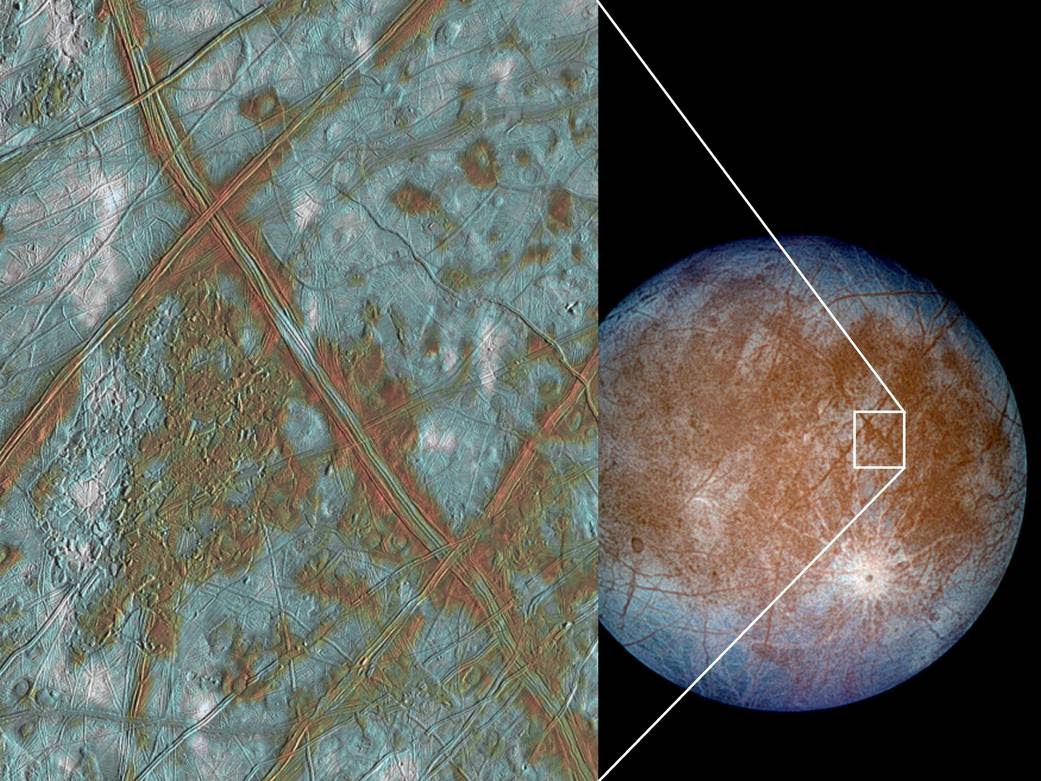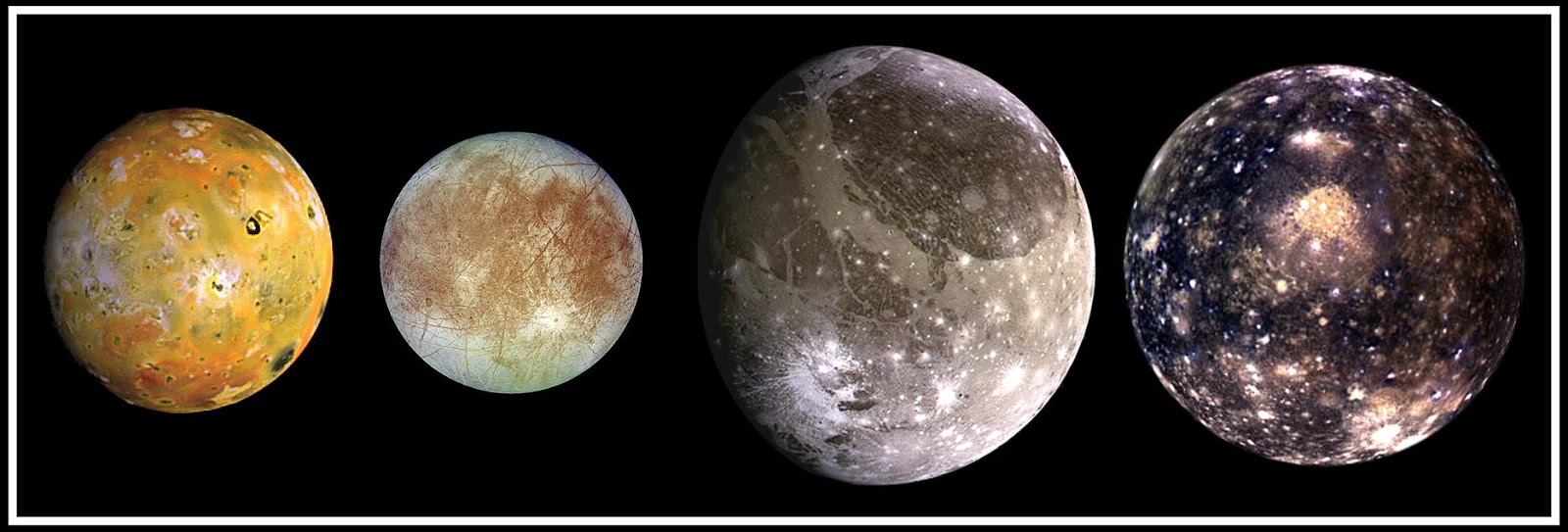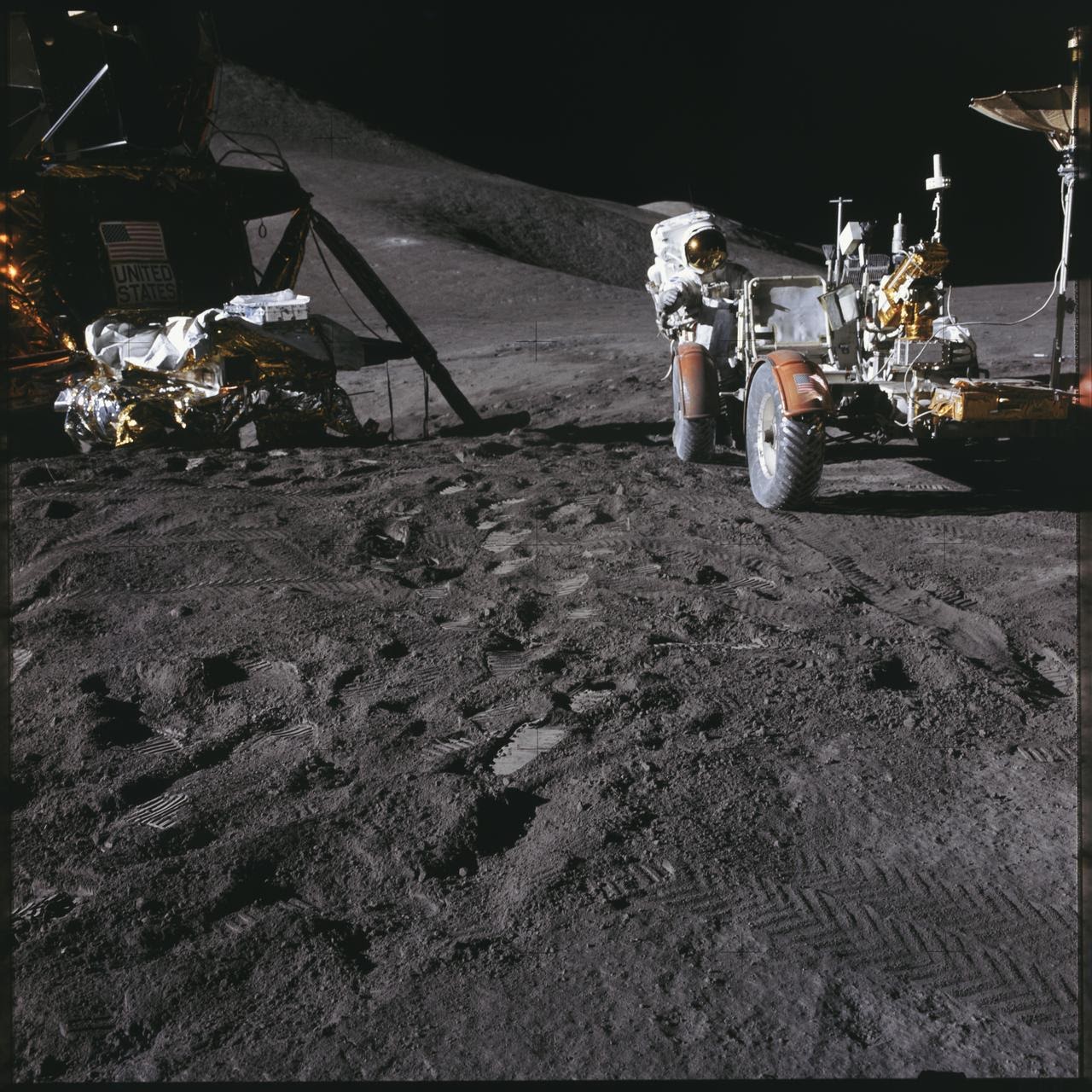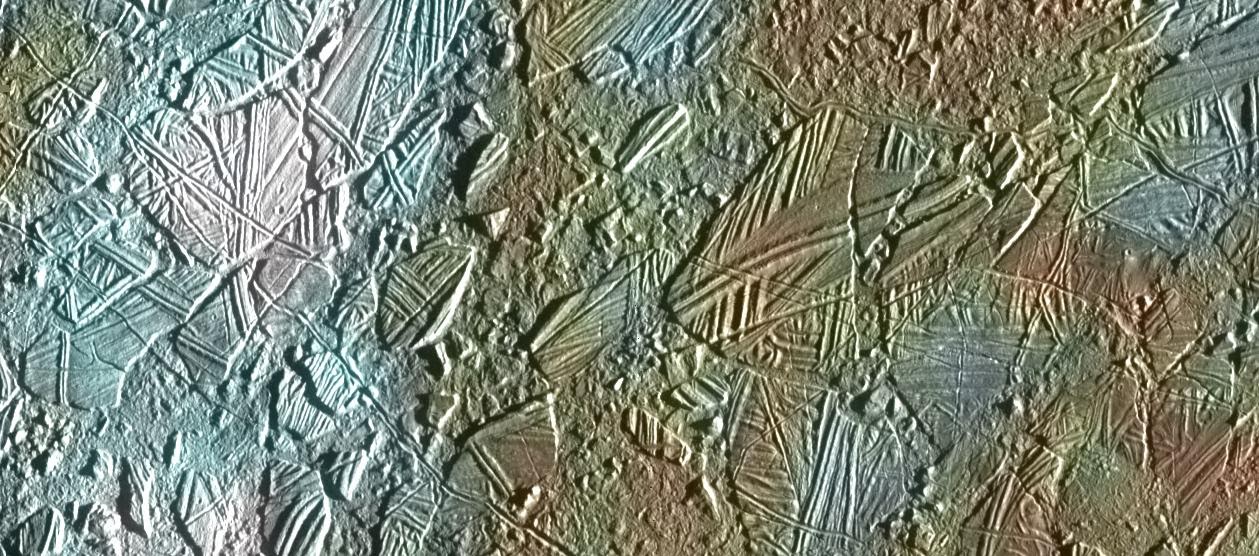
More than 340 million miles beyond Mars, an icy moon awaits its first close-up. Days before NASA’s Perseverance rover reached the surface of the Red Planet, the US space program announced updates to another long-awaited mission with the potential to find signs of life. In October 2024, the Europa Clipper will leave Earth on a private rocket, destined to begin orbiting Jupiter nearly six years later to study Europa, the smallest of the yellow planet’s largest moons.
“Unlike what one day might be discovered on Mars,” writes David W. Brown in The Mission, a swirling exploration of the history, science, money and policy maneuverings behind the two-decade journey behind the mission to Europa, “Europan life has a real chance of complexity.”
In 1610, German astronomer Simon Marius and his Italian adversary Galileo Galilei each sighted four satellites orbiting Jupiter using homemade telescopes. Galilei published his findings first. Despite centuries of improvements to telescopic technology, the Galilean moons of Jupiter — including Callisto, Ganymede, and Io — remained a mystery until NASA’s Pioneer and Voyager missions in the 1970s beamed glimpses of their surfaces back to Earth. A distant speck amidst the celestial spheres, many of the revolutions of Europa began in Providence.
“We’re mentally hardwired to think in the short term,” said Jim Head, a distinguished professor of planetary geosciences at Brown University. “We have to cultivate and work toward trying to think more in the long term.”

In 1961, having failed out of his sophomore year at Washington and Lee University in Lexington, Virginia, Head listened to breakthroughs in the space race at home in Washington, DC, on what he calls “my first sabbatical.” Within six weeks, Soviet Yuri Gagarin became the first person in space, Alan Shepard followed as the first American, and President John F. Kennedy addressed Congress to propose not only landing on the Moon, but also “even more exciting and ambitious exploration of space… perhaps to the very end of the solar system itself.”
After gaining readmittance to Washington and Lee, Head continued his major in geology. He had enrolled in an introductory course to fulfill a science requirement. Unlike chemistry and physics, the labs took place outdoors and involved field trips. Head fell for the study of the Earth’s surface and carried his curiosity to graduate studies at Brown, writing his dissertation on the 400 million year old history held in the sedimentary rocks of the Appalachian Mountains.
As Head completed his PhD in 1969, he thumbed through an employment directory. Most of the listings for geologists involved teaching at small colleges or working for the oil industry, but in a separate section, Head found an unexpected advertisement. With the Apollo 11 mission months away, a photograph of the Moon was accompanied by the text “our job is to think our way to the Moon and back.” Although lacking lunar expertise, Head called the phone number printed in the corner. The experiences that followed, he said, “opened up the heavens.”
“When I went to NASA, I was deathly afraid they would find out I didn’t know anything about the Moon or the planets,” said Head. “And I quickly learned, of course, nobody knew anything about the planets. That’s why we were going.”
Working on the Apollo program, Head helped select lunar landing sites, trained astronauts in geology and surface exploration, and analyzed the samples they brought back from the Moon. In 1972, he returned to Providence as a member of the faculty at Brown, though shuttled back and forth to Houston for a year as interim director of the Lunar Science Institute. At home, Pink Floyd’s The Dark Side of the Moon orbited around the needle of Head’s record player.

Researching the geological processes found across the planets and the historical record they left behind, Head studied Arctic and Antarctic glaciers and volcanic deposits in Hawai’i, in Iceland and along the sea floor. To improve scientific collaboration between the United States and the USSR, he established a research partnership between Brown and the Vernadsky Institute in Moscow. He advised missions to Mars, Venus and Jupiter and also worked as part of the mission teams, but said he viewed teaching undergraduates and supporting graduate research as central to his role. One of those graduate students was Louise Prockter.
Growing up in London, Prockter learned at the Natural History Museum that rocks “told stories about the world they left behind,” writes Brown. After high school, she decided not to pursue university studies. Instead, she spent several years in a series of sales roles, starting with local newspaper advertisements before finding work selling typewriters and later PVC ring binders.
“I got to think creatively at that time,” said Prockter, now chief scientist of the space exploration sector at the Johns Hopkins University Applied Physics Laboratory. “I learned a lot of things that, while having nothing to do with science, were very useful. I learned to work under pressure. I learned to work with deadlines. And that’s very useful in the space business.”
After enrolling in a part-time correspondence program on general sciences, Prockter continued her education. Attending Lancaster University as a “mature” undergraduate student, in one of her classes she read a Journal of Geophysical Research paper about crater formation on Venus. Written by Peter Schultz, a professor at Brown, the publication — a “meticulous work conducted over a number of years to solve a small oddity on another world,” writes Brown — set an example she wished to follow. As Prockter considered US graduate programs, in July 1994 she flew from England to meet with Jim Head. Her arrival in Providence coincided with the 25th anniversary of the Apollo 11 moon landing. That week, she found a pizza party set up alongside telescopes on campus to witness a comet shattering into Jupiter.
In her own research at Brown, Prockter studied geomorphology, interpreting planetary surfaces and their relationships with geology. She focused on volcanic activity in the Earth’s ocean and on Venus, writing her dissertation on features in the Mid-Atlantic Ridge. When in 1995 Prockter witnessed images from NASA’s Galileo space probe, she understood the transferability of her research across the planets. She led the imaging plans for two of the mission’s Europa flybys.
“The payoff is unbelievable,” said Prockter. “When you get images from spacecraft that no one’s ever seen before.”
“It’s just almost a universal language, of space,” she said. “Everybody dreams, and everybody aspires to learn more about the universe and why we’re here.”
Head and Prockter were joined in their work by Geoff Collins, now a professor at Wheaton College, and Robert Pappalardo, a postdoc arriving from Arizona State University. He had looked to space for as long as he could remember, writes Brown. Crafting a model of the solar system above his bed as a child, Pappalardo replicated the icy moons of Jupiter with “crushed masking tape” held in place by toothpicks. He found geology to be his pathway to the planets.
“I view the solar system as a laboratory for trying to understand how life originated and evolved,” said Head.
“If you want to see what it would be like, with climate change and global warming run amok, you go to Venus,” said Prockter. “If you want to see what it’s like on a world where there used to be water but now there isn’t, you go to Mars.”
For Pappalardo, Europa held particular intrigue. At Brown, he analyzed the data from Galileo and planned the mission’s campaigns to capture images of Jupiter’s icy moons, including high-resolution images of Europa. The data led Prockter, Pappalardo and their colleagues to speculate about the existence, and the implications, of water captured under its frozen surface.
“Brown’s importance to the Europa story is more than happenstance,” said Brown, the writer, about the university. “The inner workings of the ice shell surrounding the ocean were unlocked there, and scientists at Brown chipped away at the nature of the mysterious moon’s bizarre geology.”
After six years as a postdoc at Brown, Pappalardo became an assistant professor at University of Colorado, Boulder. NASA’s Jet Propulsion Laboratory plucked him from academia to become a senior research scientist at its headquarters in Pasadena, California, where he led the science behind the possibility, and then the eventuality, of exploring Europa. After Brown, Prockter moved to the Johns Hopkins University Applied Physics Laboratory in Maryland, continuing her collaborations with Pappalardo as a scientist shaping the planning for the team’s missions.

Brown University’s influence on planetary sciences dates back before the Revolutionary War. Then known as Rhode Island College, in 1769 Brown’s professors Benjamin West and Joseph Brown published their observations on the transit of Venus, leaving their legacy behind on the naming of Transit and Planet Streets near campus. Ladd Observatory opened for researchers in 1891 and began to welcome the public in 1930. Faculty members guided the science behind the Viking 1’s mission to Mars, confirmed the existence of water on the surface of the Earth’s moon, and uncovered further evidence of water within its interior. Research from Brown graduate students and faculty, including Head, informed the decision for the Perseverance rover and its Ingenuity helicopter to explore the Jezero crater on NASA’s current mission to Mars.
In The Mission, Brown writes that Jim Head was a “force among the chosen few in the field” whose contributions to the Apollo program were “part of the most arresting and audacious achievement of the twentieth century, if not all of human history.” By approaching his doctorate as “a degree in advanced problem solving,” Head said he sees no surprise in his career path being “nonlinear.” For the researchers whose orbits fell into alignment together under Head’s helm, including Prockter and Pappalardo, when the Europa Clipper reaches its destination in April 2030, its findings will be the result of the questions and hypotheses raised in Providence.
“Science is really simple,” said Head. “It’s just simply the exploration of the unknown. And you know, almost everything is not yet known.”
# # #
David W. Brown’s The Mission: How a Disciple of Carl Sagan, an Ex-Motocross Racer, a Texas Tea Party Congressman, the World’s Worst Typewriter Saleswoman, California Mountain People, and an Anonymous NASA Functionary Went to War with Mars, Survived an Insurgency at Saturn, Traded Blows with Washington, and Stole a Ride on an Alabama Moon Rocket to Send a Space Rocket to Jupiter in Search of the Second Garden of Eden at the Bottom of an Alien Ocean Inside of an Ice World Called Europa is published by Custom House Books.
After the pandemic, reward your inner astronomer at Rhode Island’s observatories: Ladd Observatory at Brown University in Providence; Skyscrapers, Inc.’s Seagrave Memorial Observatory in North Scituate; the Community College of Rhode Island’s Margaret M. Jacoby Observatory; and the Frosty Drew Observatory in Charlestown. The University of Rhode Island’s planetarium also hosts a public program.


